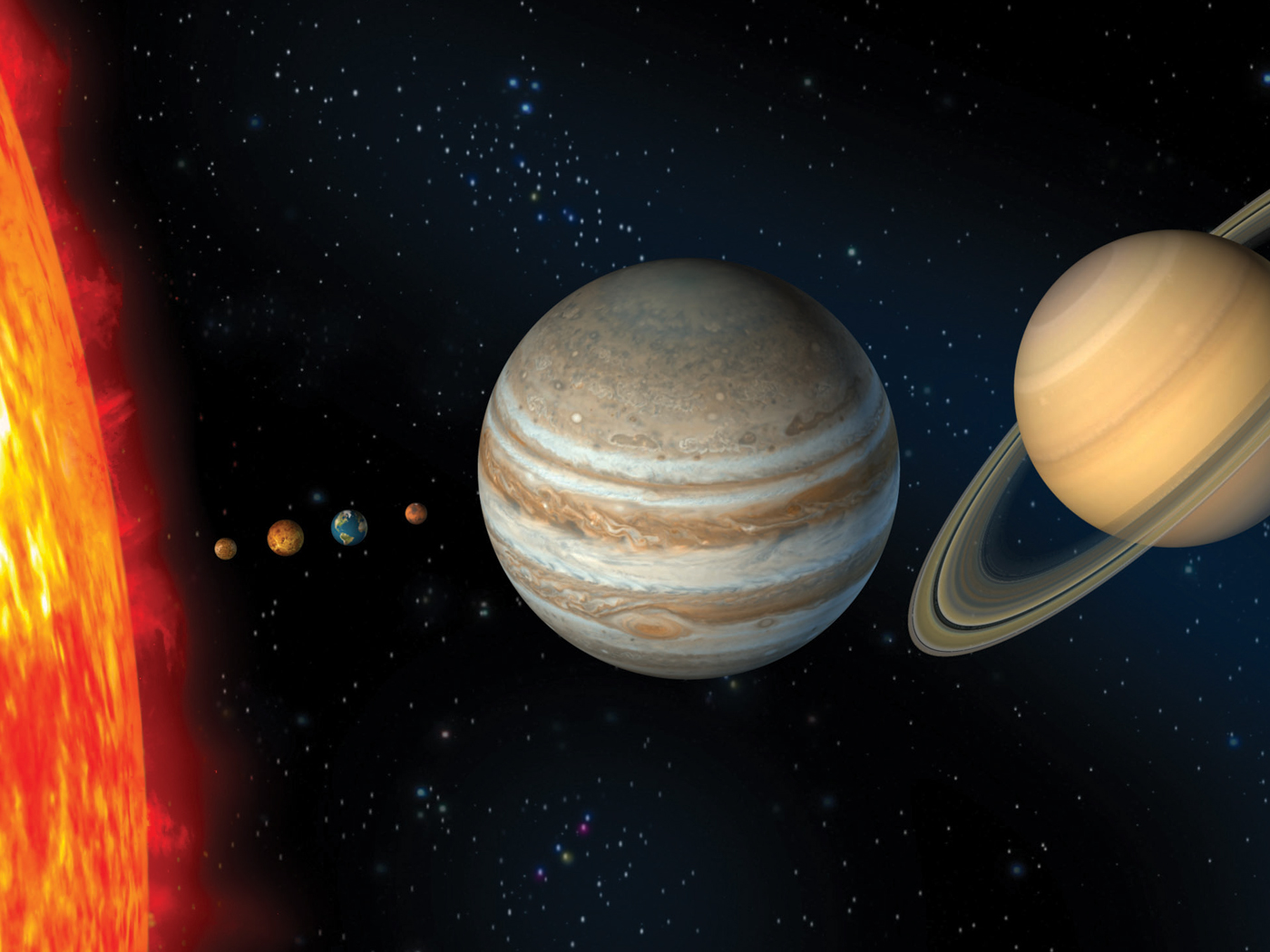One of the new research projects that ICR will be emphasizing in 2005 will be the GENE project. We are particularly interested in exploring the origin and maintenance of genetic information that carries the hereditary characteristics of a living organism.
We have already begun theoretical studies and simple numerical simulations. We wish to understand better how the genetic information, which was placed in the human genome at creation, has changed with time. Mutations (sudden variations in some hereditary characteristic) have been shown to accumulate from one generation to the next. Mutations invariably lead to changes in characteristics and a reduction in the viability of the organism. The average number of mutations in a typical organism appears to accumulate at a rate of about 100 mutations per individual in each generation. This rate of mutation and the attendant decrease in viability appears to severely limit the lifespan of many organisms to hundreds or thousands of years. If these estimated mutation rates are valid, man and other large mammals, simply could not have survived for millions of years as is taught by evolutionary theory.
There are various causes of mutations, but one important source is environmental radiation. Low doses of radiation would produce few mutations, but high doses would produce many. If radioactive decay rates were accelerated by orders of magnitude during the time of the Genesis Flood (as the RATE project indicates), it is likely that mutation rates were also greatly increased at that time. So, it is possible that during and immediately following the Flood the genomes of many organisms were drastically degraded. The viability of many organisms would probably have been greatly reduced, some to the point of extinction.
The new ICR GENE project will attempt more complex numerical simulations and apply the findings to man. Some of these studies may explore the DNA changes in the mitochondria back to Eve and the Y chromosome back to Adam. We also plan to use "bioinfor-matics" to compare the sequences of man and chimpanzee. We plan to show that the large differences between these two genomes could not have arisen by mutation and selection—not even in six million years.
The new computing center at ICR will be a great resource for these studies and other genetic data searches. In addition, laboratory studies are planned in which the accumulation of mutations can be measured directly through DNA analysis. Dr. Dan Criswell, professor of molecular biology at ICR, plans to begin developing a lab this year which will be able to prepare DNA samples for off-site sequencing. If you wish to donate to this effort, please contact Dr. Larry Vardiman at 619/448-0900 or LVardiman@icr.edu.


















